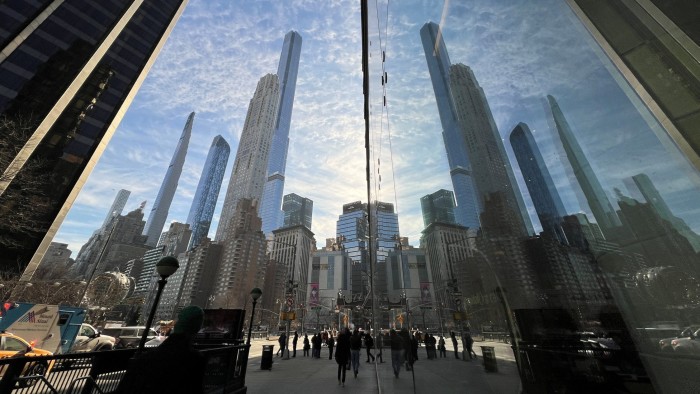[adrotate group="2"]
Investors sold a record amount of private equity stakes in secondary markets last year, driven by a prolonged slowdown in dealmaking that pushed pension funds and buyout groups to seek alternative avenues to cash out their investments.
Global trading volumes in the secondary market reached $162 billion, where investors in private equity or other private funds sell their stakes for cash or where fund managers sell shares to new funds. This figure marked a 45 percent increase from the previous year and surpassed the previous peak of 2021 by over 20 percent, according to an analysis conducted by an investment bank.
The rise in secondary deals can be attributed to private equity firms facing challenges in exiting investments via IPOs or achieving attractive sale valuations, leading to a scarcity of cash distributions for fund backers. As a result, fund investors, referred to as “limited partners” (LPs), have begun exploring the secondary market to find buyers, while the private equity firms themselves, known as “general partners” (GPs), have also pursued alternative methods for cashing out.
“Last year’s record secondary volume was influenced by persistently low levels of cash distributions at a time when many LPs were seeking liquidity,” noted a global co-head of secondary advisory at the investment bank involved in the analysis.
Both limited partners, typically institutions such as pension funds, endowments, or sovereign wealth investors, and general partners sold unprecedented volumes in the secondary market last year. Limited partners divested $87 billion in fund stakes, a 36 percent rise compared to the prior record set in 2021, following an initial wave of cashing out due to a lack of deals caused by the pandemic.
Typically, fund investors sell their stakes at a discount; however, data indicated a narrowing gap last year, with buyout fund stakes selling for only 6 percentage points below net asset value, compared to a 9 percentage point gap the previous year. This uptick in pricing suggests a growing confidence among investors that private equity managers will soon be able to sell underlying portfolio companies as the market anticipates a resurgence in dealmaking.
Buyout funds have faced increased scrutiny from antitrust regulators in both Europe and the United States. However, changes in leadership at major competition agencies in these regions may signal a shift towards a more permissive stance on mergers and acquisitions, potentially easing exit processes for private equity firms.
Additionally, the pricing for stakes in private credit funds increased even more dramatically compared to buyout funds, rising from 77 percent to 91 percent of asset value – a trend fueled by newly established funds focusing on acquiring second-hand stakes in private debt funds. In contrast, stakes in real estate and venture capital funds remained lower at 72 percent and 75 percent of asset value, respectively.
Many LPs have expressed dissatisfaction with prolonged periods without distributions from their venture portfolios, with some citing over 24 months without returns. Private capital firms also capitalized on the secondary markets, with general partners selling $75 billion in assets in 2024, an increase of 44 percent from the previous year.
The majority of this asset sales activity, amounting to $63 billion, involved managers transferring assets from one fund to a newer fund under the same management, often referred to as continuation vehicles. These structures have gained popularity among private equity firms as a means to return capital to investors in one fund without the need to find a buyer for an entire portfolio, especially in cases where a sale might not yield desirable valuations.
Notably, several exit events for a prominent European private equity firm last year involved internal transfers of holdings between its funds, although these transactions also included participation from external investors.
photo credit: www.ft.com
[adrotate group="2"]





